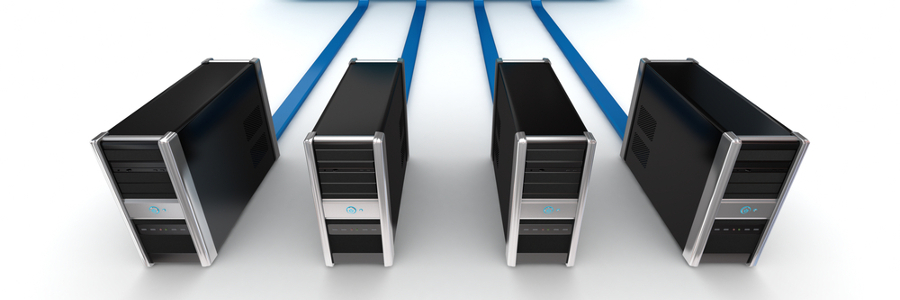For many small- to medium-sized businesses (SMBs), resources can be scarce and, very often, IT takes a back seat. Hyperconverged IT infrastructures are a great way to keep your IT updated without the heavy expenses normally associated with it.
What are hyperconverged infrastructures?
In a traditional IT environment, networking, server, and storage hardware need to be purchased separately and configured to work together as a cohesive system.
Why hyperconvergence could be the solution your business needs

What you need to know about virtualization
Is virtualization right for your company?
Why it’s costly not to virtualize

You’ve probably heard that virtualization saves money, but how can you take advantage of this? Did you know that choosing not to virtualize can hurt your business? Answer these four questions to discover why virtualization is good for you.
Studies have shown that over 70% of IT budgets go to “keeping the lights on.
What goes into a business continuity plan?

Events out of your control can disrupt your business operations. While you can’t necessarily control the unexpected, you can take some precautions to prevent most business disruptions. Here are some things to consider when developing a business continuity plan (BCP).
Backup your data, applications, and servers
Today, companies are more dependent than ever on IT and data.
The lowdown on cloud security
Hyperconvergence: IT for SMBs

Routers, switches, modems, gateways, firewalls, servers, and storage devices — these are just some of the many machines you need to build a network infrastructure that enables effective internal and external communications. Even when pared down to serve fewer users, the costs of building a similar infrastructure were prohibitive for SMBs, at least until hyperconvergence came along.
Choose from these 5 virtualization options
Quick Guide to Virtualization as a DR plan

Although many business owners think that Virtualization and Disaster Recovery (DR) are two separate services, the former can actually be used as a legitimate solution to the latter. Here’s how it works, along with some pointers to keep in mind should you choose virtualization as your disaster recovery plan.
Virtual desktops vs. Containers
- 1
- 2






